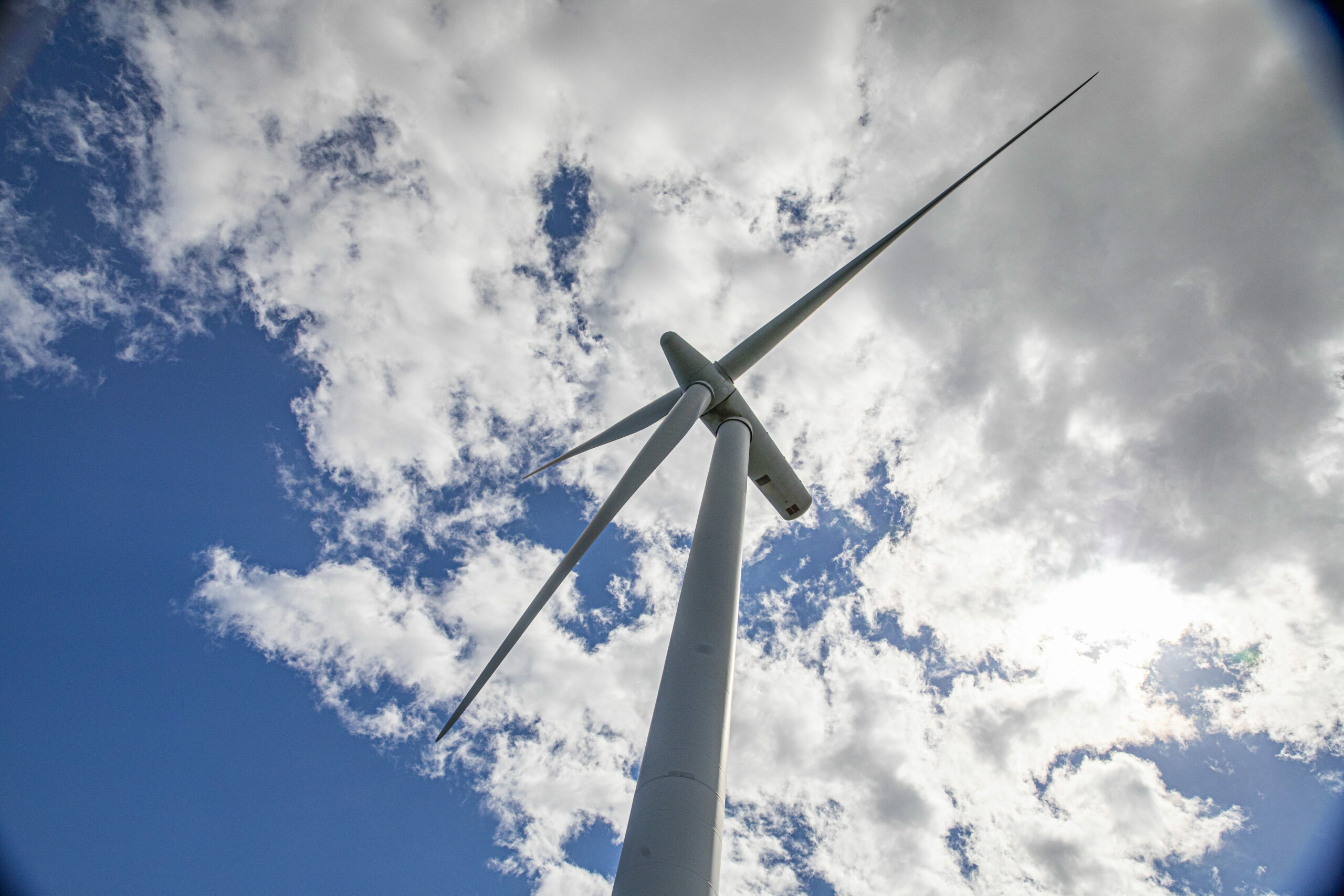Here are the Chinese wind turbine companies under EU investigation

The European Commission has opened an anti-subsidy investigation into Chinese companies building wind turbines. After electric cars and solar panels, Brussels is widening the battleground with Beijing. Here are the facts, names and numbers
Last April 9, a few days after launching investigations into two Chinese companies producing solar panels , the European Commission also started investigations into Chinese companies that build wind turbines. Competition Commissioner Margrethe Vestager explained that the investigation serves to verify whether these companies – which participate in the construction of wind farms in Europe – receive state subsidies from Beijing, distorting competition on the European market and damaging the domestic industry .
The issue is not only commercial but also political, because China is no longer considered a "neutral" nation by Brussels but rather an economic competitor and a systemic rival; As a result, China's leadership on clean energy technologies and supply chains could pose security risks.
WIND POWER PROJECTS UNDER OBSERVATION
Specifically, the Commission's investigation will focus on “conditions for the development of wind farms in Spain, Greece, France, Romania and Bulgaria”. The two Chinese solar companies under investigation were involved in work on a solar plant in Romania. In February, however, the Commission opened an investigation into the Chinese state group CRRC, which had submitted an offer (subsequently withdrawn) to supply trains to Bulgaria at half the price of another European competitor.
THE EU IN CONFLICT WITH CHINA OVER CLEAN TECHNOLOGIES
All these investigations seem to signal a hardening of Europe's posture towards China and its trade practices, so as not to repeat the mistakes made on solar energy technologies: the reliance on Chinese photovoltaic devices, abundant and extremely cheap , has in fact sent the European solar industry into crisis, with the consequence that today less than 3 percent of the panels installed in the Union have been produced on the continent.
“We saw the playbook of how China came to dominate the solar panel industry,” Vestager said. “For one thing,” he explained, Beijing attracts “foreign investment into its large domestic market, usually by requiring joint ventures” with local companies. At this point, the Chinese move on to acquire foreign technology, "not always in a transparent way." After that, the Chinese state begins to grant “massive subsidies to domestic suppliers, while simultaneously and progressively closing the domestic market to foreign companies. Finally, Chinese companies move to "export excess [ production ] capacity to the rest of the world at low prices."
The issue of China's large manufacturing overcapacity in solar panels, batteries and electric vehicles – all technologies critical to the energy transition – is a major point of contention between Beijing and Washington . This surplus , which spills onto the markets and demolishes international competition, is increasingly becoming a source of friction between Beijing and Brussels: last year, after all, the European Commission had launched an anti-subsidy investigation into imports of electric cars from China, suspicious of the high numbers and low prices. The investigation is expected to conclude in July and could lead to the imposition of trade tariffs.
THE CHINA VERSION
China rejects the European and US reconstructions: that is, it denies that there is a problem of overcapacity in its "green" industry and claims that its products are simply better than Western ones. According to Beijing, therefore, the cost-effectiveness of its electric cars, its solar panels and its wind turbines is not the consequence of state aid, but of the innovation capacity of its companies.
CHINESE WIND TURBINE MANUFACTURERS UNDER INVESTIGATION
Vestager did not specify the names of the Chinese wind turbine companies under investigation. The news, however, was well received by WindEurope, the association of European turbine manufacturers which includes companies such as Vestas (Danish), Siemens Energy (German), Enercon (German) and Nordex (German).
European companies are currently the largest suppliers of turbines to wind farms on the Old Continent, but the pressure of Chinese competition is increasing. Chinese companies can in fact rely on a vast internal market – China is by far the first country in the world in terms of installed wind power capacity – which allows them to develop economies of scale and reduce production costs. The Chinese market is dominated by three companies: Goldwind (20 percent market share ), Envision (19 percent) and Windey (13 percent).
Chinese wind turbines are cheaper than European ones. According to Green Power Denmark, Chinese wind turbines with a capacity of 2.6 gigawatts are installed or in the process of being installed in Europe (including the UK). The European Union's wind generation capacity amounts to 221 GW; in 2023, 16.2 GW were installed.
The main Chinese turbine manufacturers involved in European wind projects are Goldwind, Envision, MingYang, Shanghai Electric, Sinovel and Zhejiang Windley. Not only active in the five countries mentioned by the Commission, but also in Italy, Croatia and Sweden.
This is a machine translation from Italian language of a post published on Start Magazine at the URL https://www.startmag.it/energia/indagine-europea-turbine-eoliche-cina/ on Mon, 29 Apr 2024 09:21:50 +0000.
